A ‘Once-In-a-Lifetime’ Astronomical Event Will Be Visible This Summer
This summer, a rare celestial event will illuminate the night sky — a nova explosion visible to the naked eye.
Described as a “once-in-a-lifetime event” by NASA scientists, this spectacular display offers a unique opportunity for stargazers and budding astronomers to witness a white dwarf’s dramatic eruption.
Understanding a Nova
A nova occurs when a white dwarf star suddenly lights up due to a thermonuclear explosion. Unlike a supernova, which marks the death of a star, a nova is a dramatic ejection of accumulated material from a white dwarf.
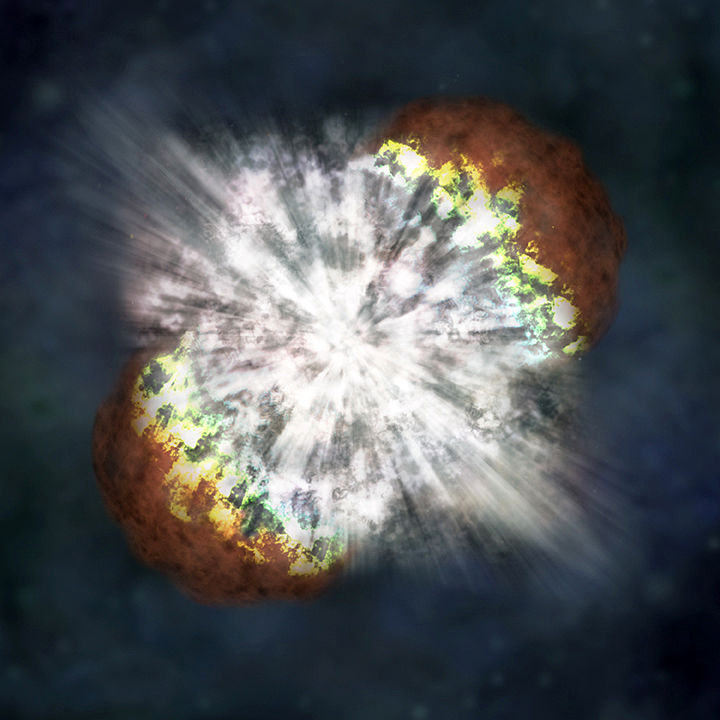
Source: NASA, Gettyimages
This summer, the white dwarf in the T Coronae Borealis system will create this rare phenomenon.
The T Coronae Borealis System
T Coronae Borealis, also known as the “Blaze Star,” is a binary star system located around 3,000 light-years from Earth.
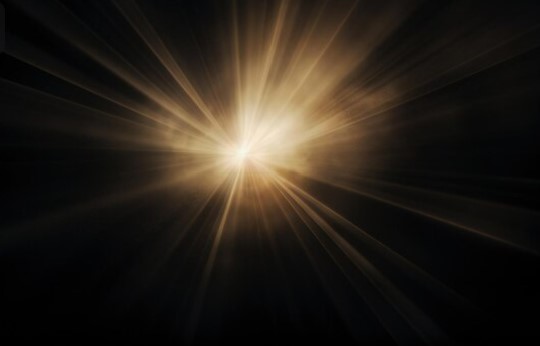
Source: Freepik
It consists of a white dwarf and a red giant. The red giant’s hydrogen is siphoned off and accumulated on the white dwarf’s surface over decades, leading to periodic nova eruptions.
A Spectacular Display
The impending nova in the Northern Crown constellation will be visible sometime between now and September.
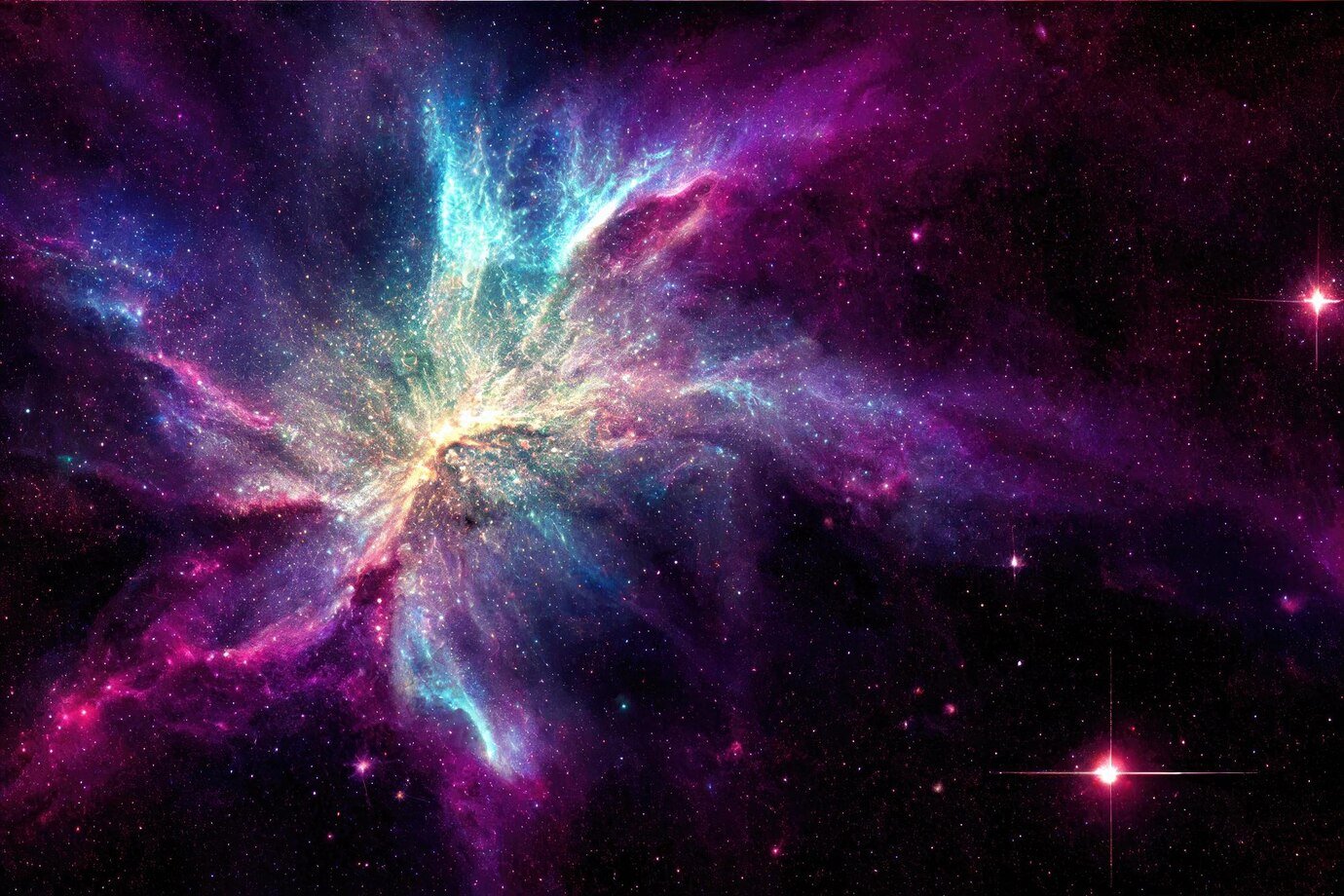
Source: Benzoix, Freepik
Scientists predict that the flash will be bright enough to see with the naked eye. This event will be the first nova observed from this system since 1946, offering a rare glimpse into such cosmic phenomena.
The Science Behind the Eruption
A nova happens when the white dwarf pulls enough hydrogen from the red giant to trigger a thermonuclear explosion. This process repeats approximately every 80 years for the T Coronae Borealis system.
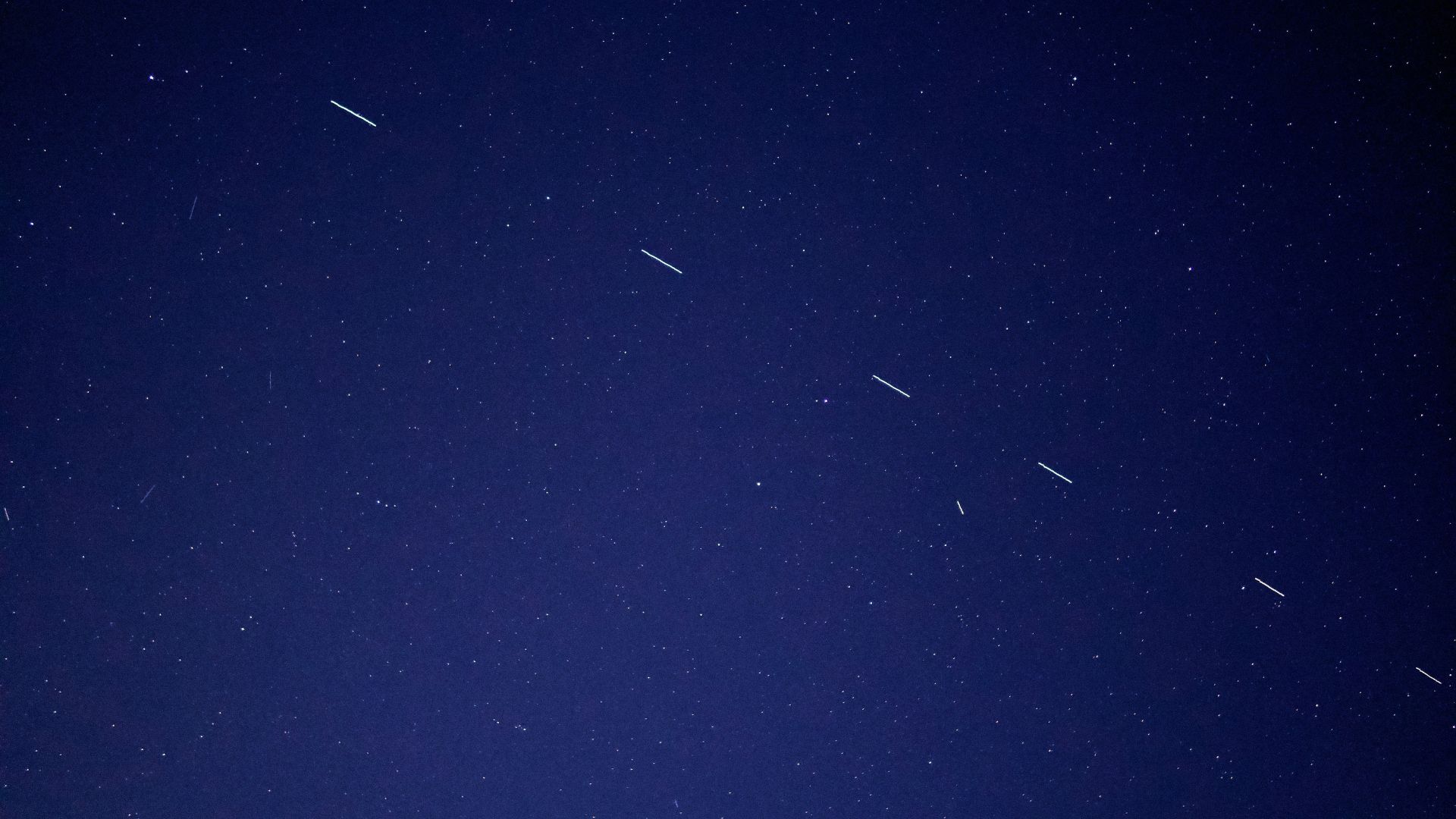
Source: Forest Katsch/Unsplash
The upcoming nova will be a striking display of this cycle, creating a spectacle similar to a nuclear bomb’s blast.
Observing the Northern Crown
To witness the nova, look for the Northern Crown constellation, also known as Corona Borealis. It appears as a horseshoe-shaped curve of stars west of the Hercules constellation.

Source: Freepik
On clear nights, this will be the prime location to see the nova’s bright flash.
Inspiring Future Scientists
“This event will create a lot of new astronomers out there,” said Rebekah Hounsell, an assistant research scientist at NASA.

Source: NASA/Wikimedia Commons
The spectacle is expected to ignite curiosity and inspire a new generation of scientists, offering a hands-on experience with a rare astronomical event.
Citizen Scientists' Role
NASA encourages citizen scientists to observe and collect data on the nova. “It’s equally critical to obtain data during the early rise to eruption,” Hounsell noted.
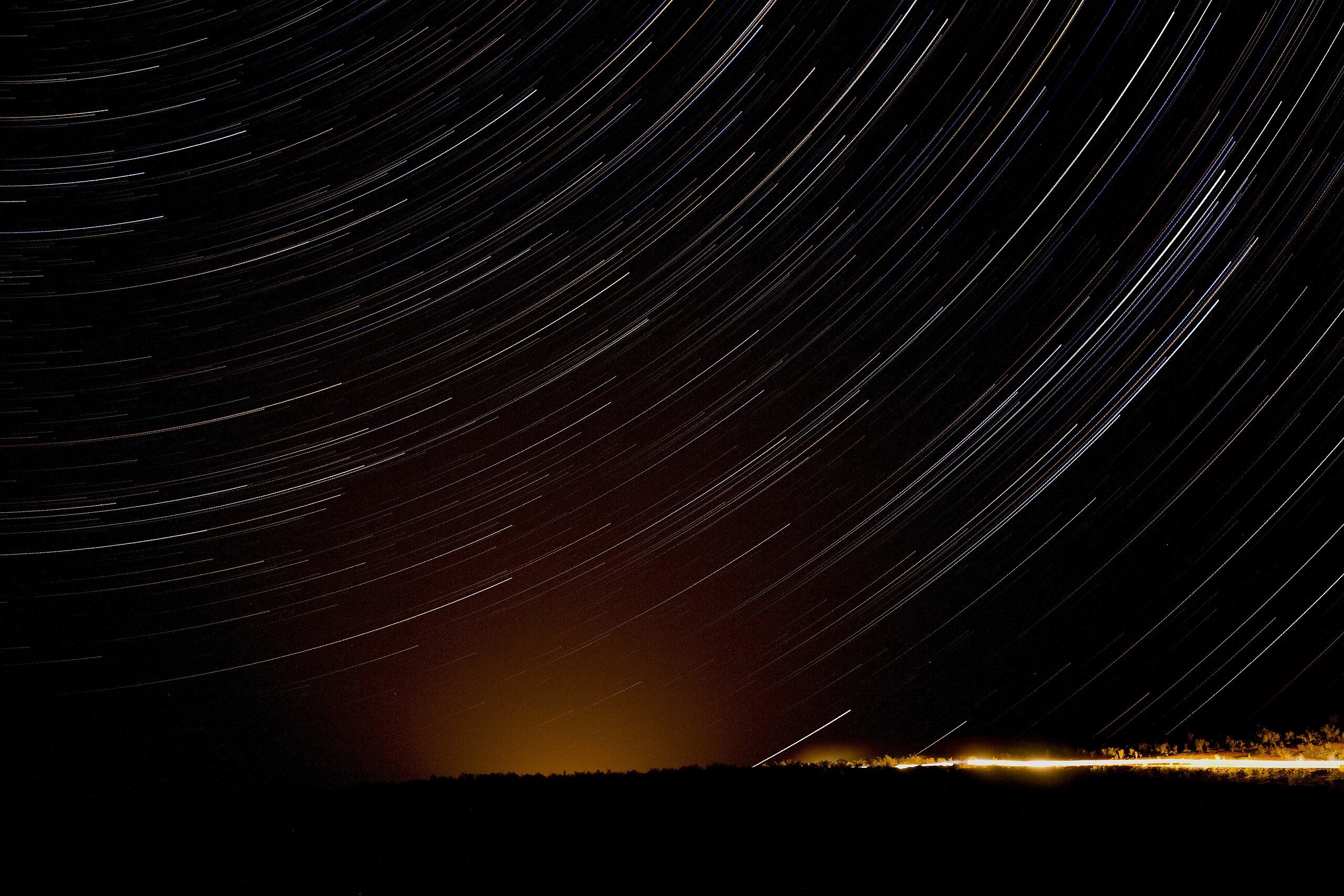
miketnorton/Wikimedia Commons
Contributions from amateur astronomers will be invaluable in understanding this rare event and its implications.
Why This Nova is Special
Recurrent novae like T Coronae Borealis are rare, with very few repeating outbursts occurring within a human lifetime.
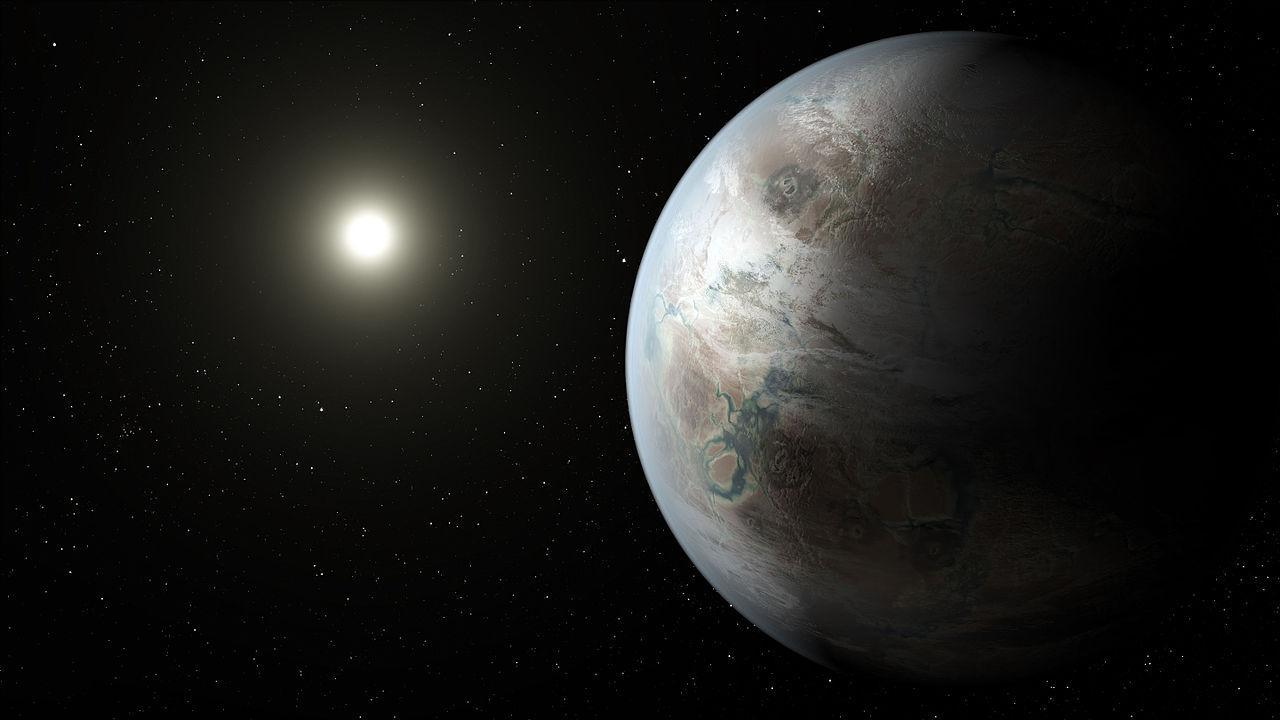
Source: Freepik
The close proximity of this nova, relatively speaking, makes it a unique opportunity for observation and study, highlighting the dynamic nature of our universe.
Preparing for the Event
Stargazers should prepare by finding a dark location away from city lights. Using binoculars or a small telescope can enhance the viewing experience.
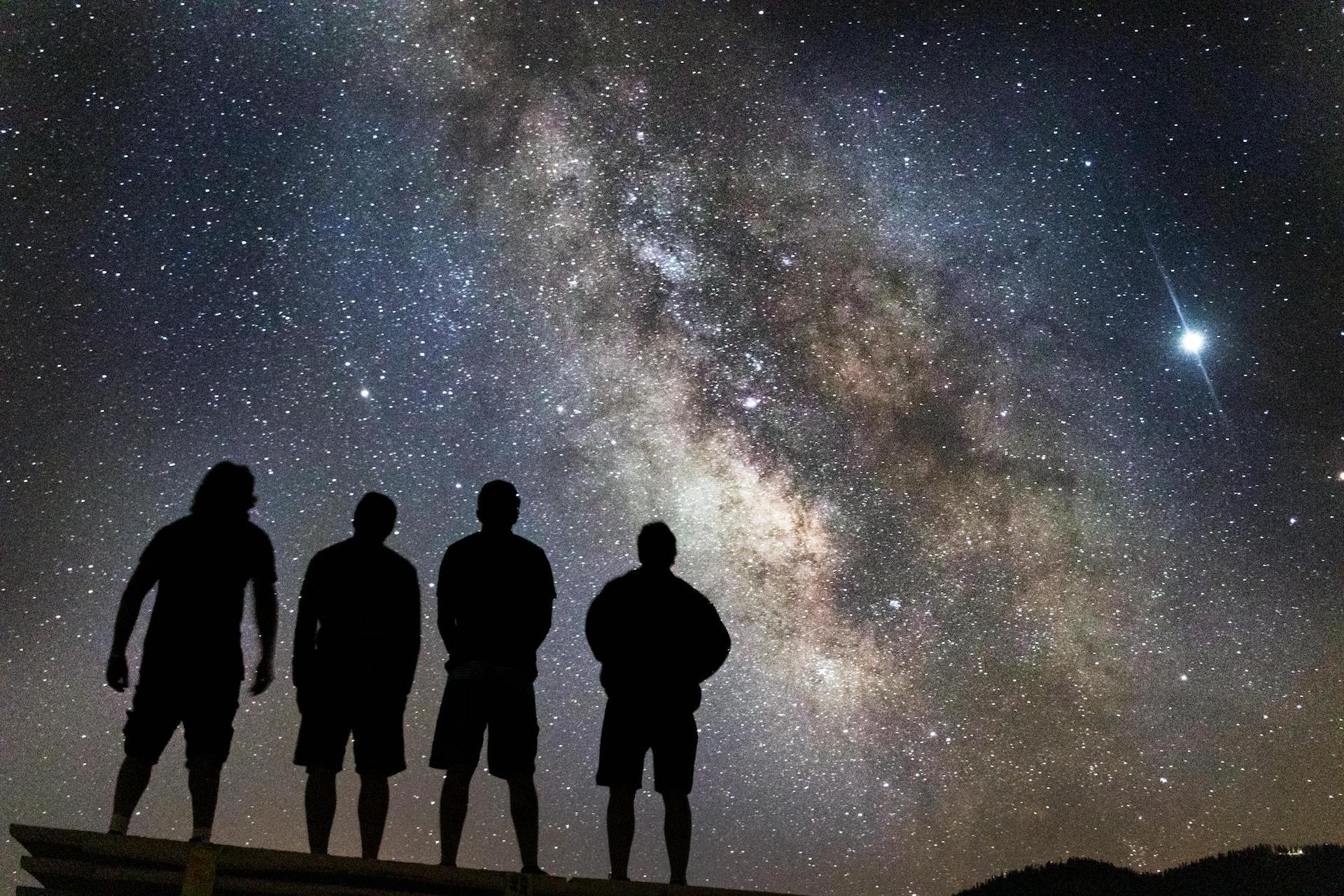
Source: Kendall Hoopes/Pexels
Keeping an eye on astronomy news and updates from NASA will help pinpoint the exact timing of the nova’s appearance.
The Last Nova in 1946
The last time a nova was observed from T Coronae Borealis was in 1946.
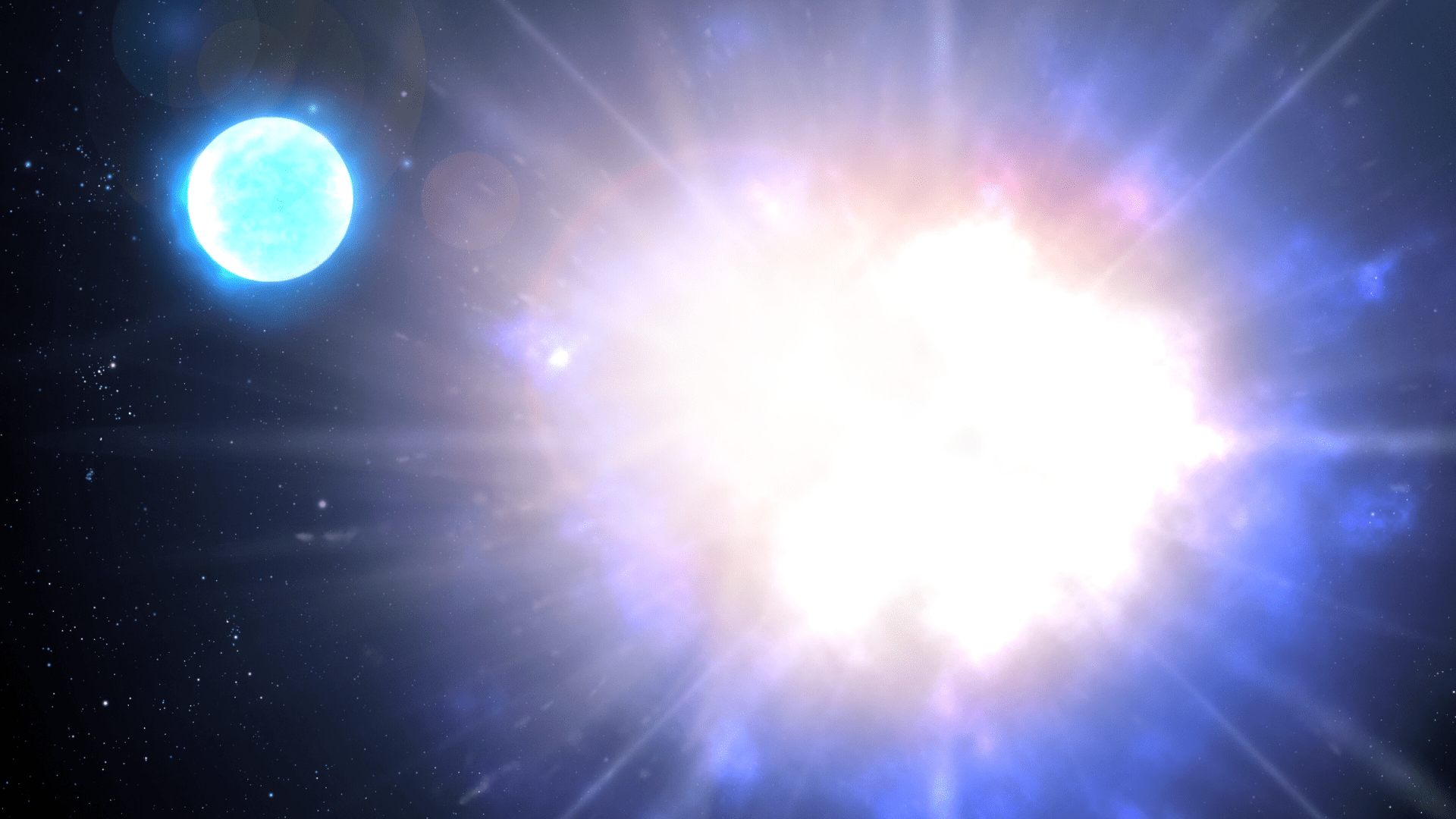
Source: NOIRLab, M. Zamani/Wikimedia Commons
This historical event provided valuable data and insights, but the technology available now allows for even more detailed observations and a better understanding of such phenomena.
A Rare Opportunity
Don’t miss this chance to witness a “once-in-a-lifetime” event. The nova in T Coronae Borealis promises to be a spectacular display and a unique educational experience.
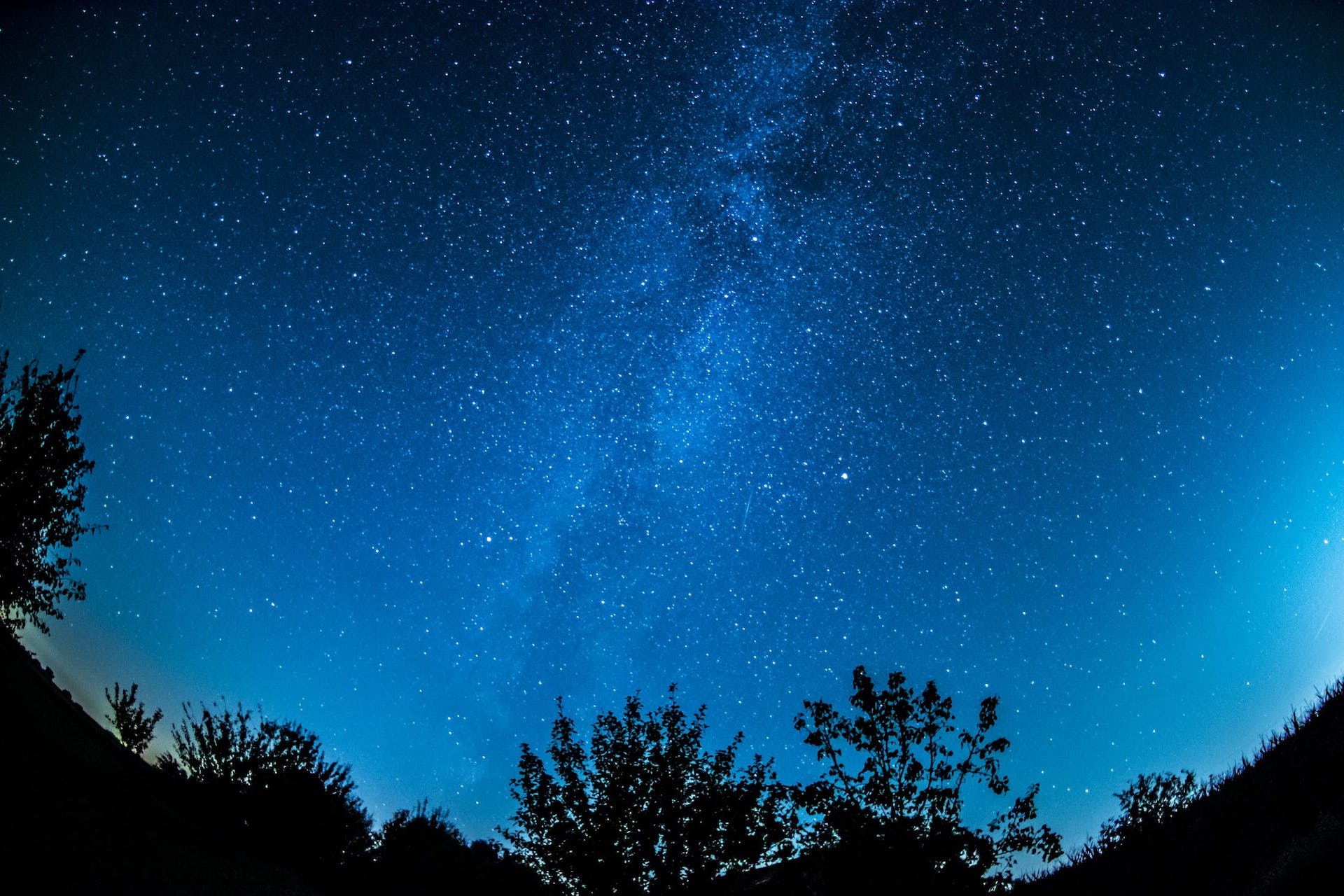
Source: Pixabay/Pexels
Mark your calendars and get ready for an unforgettable cosmic show this summer.
